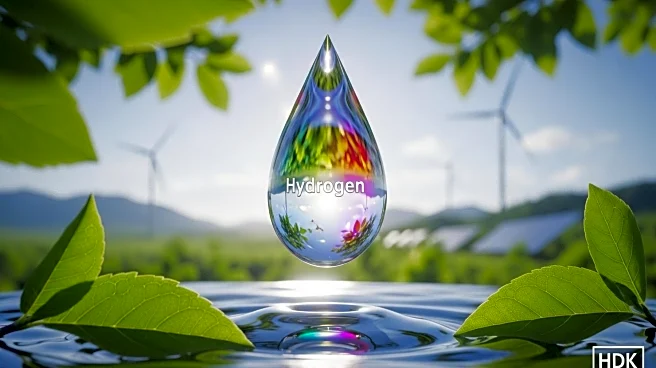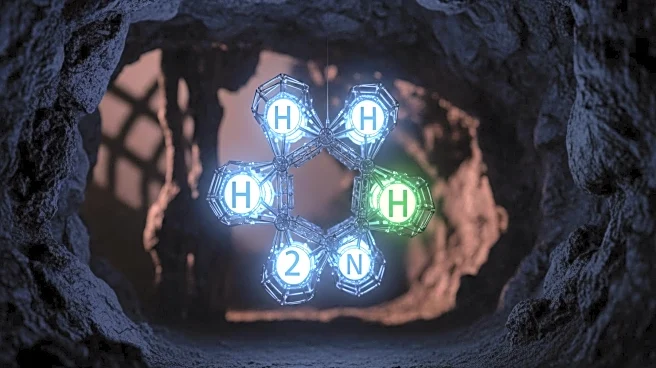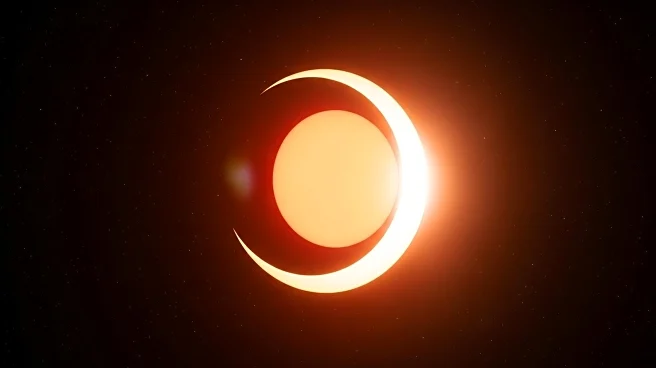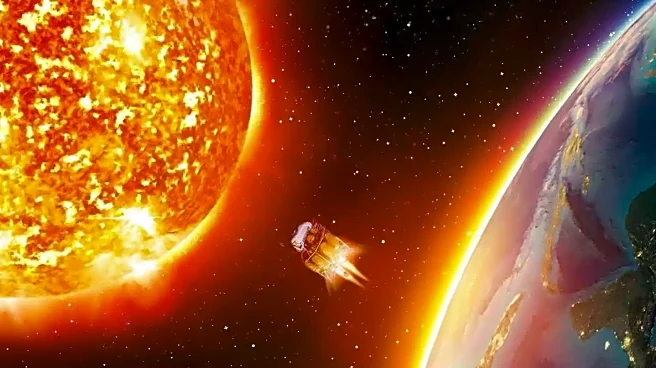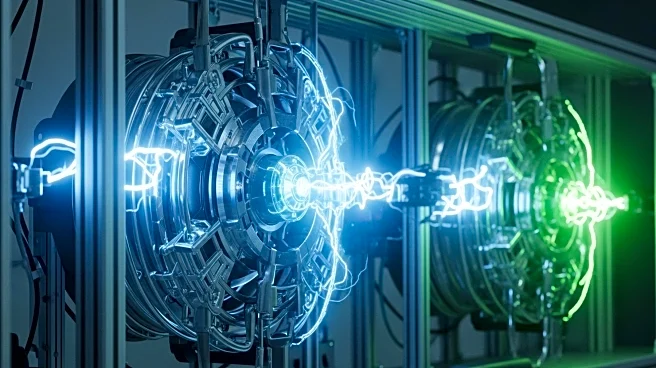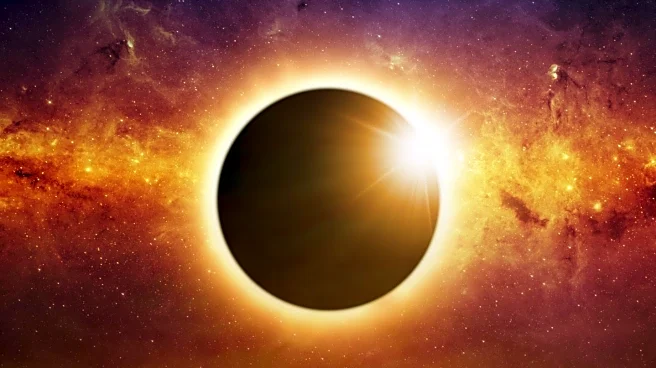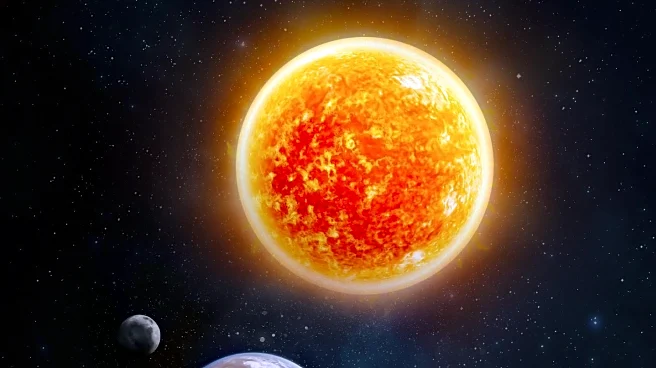What's Happening?
Researchers have discovered massive hydrogen-producing structures over 3,000 meters deep in the Pacific Ocean, west of the Mussau Trench. Named Kunlun, these formations produce hydrogen through natural geological processes, offering a new perspective on deep-sea energy sources. The site spans an area comparable to a major city and releases approximately 1.008 million tons of hydrogen annually. This natural production could generate significant economic value, estimated at over $5 billion annually, based on current market prices for green hydrogen.
Why It's Important?
The discovery of these hydrogen-producing structures could revolutionize our understanding of Earth's energy resources. Unlike industrial hydrogen production, which requires significant energy inputs, these natural systems generate hydrogen without human intervention. This finding arrives at a crucial time when renewable energy sources are in high demand as alternatives to fossil fuels. The potential for natural hydrogen sources to complement existing renewable energy strategies could provide a bridge technology while other systems scale globally.
What's Next?
Future research will focus on mapping additional hydrogen-producing sites and understanding the long-term geological stability of these formations. The discovery also highlights the need for responsible exploration and environmental protection, as the unique ecosystems surrounding these hydrogen vents require careful study before any potential exploitation.

